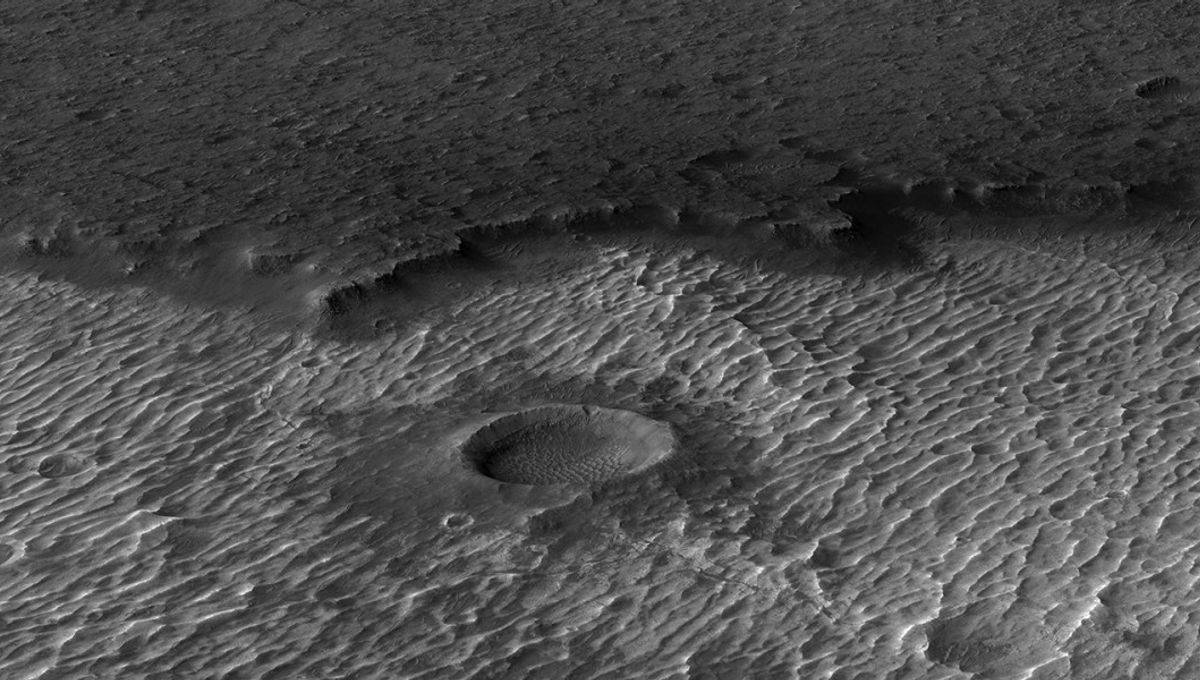
We know that Mars was different in the past. Flowing water, abundant ice, and a denser atmosphere were the main features of the ancient Red Planet. All of that is gone, but the evidence remains. Planetary scientists have conducted an in-depth analysis of the various terrains present on Mars and found fossilized evidence of the landscape of the past.
They are calling them paleo-bedforms. The rippling of dunes by the wind, the action of glaciers, the flow of rivers, and waves on lakes have been seen by rovers and documented from orbit. A project over a decade in the making has delivered a global survey of the paleo-bedforms, showing evidence of the ancient climate across Mars, carved by wind or water.
The team used images from the HiRISE camera on NASA’s Mars Reconnaissance Orbiter. They found paleo-dunes and paleo-megaripples carved by wind into the Martian sand. They also found fluvial paleo-dunes shaped by water, and dune cast pits – paleo-dunes so eroded that only a shallow depression is left behind.
“The most compelling and unambiguous paleo-bedforms were the dunes,” lead author Matthew Chojnacki, from the Planetary Science Institute, said in a statement. “A lot of these paleo-dunes are dead ringers for the modern dunes, they just look more decrepit.”
How does the effect of wind and water become fossilized? In the former case, the team believe that the wind shapes the sand, and as the wind drops it hardens slowly into rock. This could be helped by it getting buried in lava or ash from ancient volcanic eruptions. The fluvial ones are harder to come by and have been found only in the context of ancient megafloods, which was surprising.
“Mars has an abundance of dry river channels where more fluvial bedforms may have formed, but it appears their small size and channel infilling were not conducive for their preservation,” Chojnacki said.
Most of the paleo-bedforms are about 2 billion years old or from more recent times. They were either buried and slow erosion has revealed them again, or they were never buried at all. They are found all over the planet, including in famous regions such as Valles Marineris, Noctis Labyrinthus, and Hellas Planitia.
“While many bedforms on Mars are active and migrating today, other fields are static and show evidence for some sort of stabilization process that may eventually lead to lithification,” Chojnacki said. “Understanding this continuum will hopefully allow us to better understand the changing climatic conditions of the red planet.”
The study is published in the journal Geomorphology.
Source Link: Fossils Of Mars’ Climate Show A Different World 2 Billion Years Ago